
冲击动力学(英文版)9787302643623
正版图书,可开发票,请放心购买。
¥ 64.2 8.1折 ¥ 79 全新
库存2件
广东广州
认证卖家担保交易快速发货售后保障
作者编者:余同希//邱信明|责编:佟丽霞
出版社清华大学
ISBN9787302643623
出版时间2023-08
装帧其他
开本其他
定价79元
货号31851222
上书时间2024-08-03
- 店主推荐
- 最新上架
商品详情
- 品相描述:全新
- 商品描述
-
目录
Preface vii
Introduction ix
Part 1 Stress Waves in Solids I
1 Elastic Waves
1.1 Elastic Wave in a Uniform Circular Bar
1.1.1 The Propagation of a Compressive Elastic Wave
1.2 Types of Elastic Wave
1.2.1 Longitudinal Waves
1.2.2 Transverse Waves
1.2.3 Surface Wave (Rayleigh Wave)
1.2.4 Interfacial Waves
1.2.5 Waves in Layered Media (Love Waves)
1.2.6 Bending (Flexural) Waves
1.3 Reflection and Interaction of Waves
1.3.1 Mechanical Impedance
1.3.2 Waves When they Encounter a Boundary
1.3.3 Reflection and Transmission of 1D Longitudinal Waves
Questions 1
Problems 1
2 Elastic-Plastic Waves
2.1 One-Dimensional Elastic-Plastic Stress Wave in Bars
2.1.1 A Semi-Infinite Bar Made of Linear Strain-Hardening Material Subjected to a Step Load at its Free End
2.1.2 A Semi-Infinite Bar Made of Decreasingly Strain-Hardening Material Subjected to a Monotonically Increasing Load at its Free End
2.1.3 A Semi-Infinite Bar Made of Increasingly Strain-Hardening Material Subjected to a Monotonically Increasing Load at its Free End
2.1.4 Unloading Waves
2.1.5 Relationship Between Stress and Particle Velocity
2.1.6 Impact of a Finite-Length Uniform Bar Made of Elastic-Linear Strain-Hardening Material on a Rigid Flat Anvil
2.2 High-Speed Impact of a Bar of Finite Length on a Rigid Anvil (Mushrooming)
2.2.1 Taylor's Approach
2.2.2 Hawkyard's Energy Approach
Questions 2
Problems 2
Part 2 Dynamic Behavior of Materials under High Strain Rate
3 Rate-Dependent Behavior of Materials
3.1 Materials'Behavior under High Strain Rates
3.2 High-Strain-Rate Mechanical Properties of Materials
3.2.1 Strain Rate Effect of Materials under Compression
3.2.2 Strain Rate Effect of Materials under Tension
3.2.3 Strain Rate Effect of Materials under Shear
3.3 High-Strain-Rate Mechanical Testing
3.3.1 Intermediate-Strain-Rate Machines
3.3.2 Split Hopkinson Pressure Bar (SHPB)
3.3.3 Expanding-Ring Technique
3.4 Explosively Driven Devices
3.4.1 Line-Wave and Plane-Wave Generators
3.4.2 Flyer Plate Accelerating _
3.4.3 Pressure.Shear Impact Configuration
3.5 Gun Systems
3.5.1 One-Stage Gas Gun
3.5.2 Two-Stage Gas Gun
3.5.3 Electric Rail Gun
Problems 3
4 Constitutive Equations at High Strain Rates
4.1 Introduction to Constitutive Relations
4.2 Empirical Constitutive Equations
4.3 Relationship between Dislocation Velocity and Applied Stress
4.3.1 Dislocation Dynamics
4.3.2 Thermally Activated Dislocation Motion
4.3.3 Dislocation Drag Mechanisms
4.3.4 Relativistic Effects on Dislocation Motion
4.3.5 Synopsis
4.4 Physically Based Constitutive Relations
4.5 Experimental Validation of Constitutive Equations
Problems 4
Part 3 Dynamic Response of Structures to Impact and Pulse Loading
5 Inertia Effects and Plastic Hinges
5.1 Relationship between Wave Propagation and Global Structural Response
5.2 Inertia Forces in Slender Bars
5.2.1 Notations and Sign Conventions for Slender Links and Beams
5.2.2 Slender Link in General Motion
5.2.3 Examples of Inertia Force in Beams
5.3 Plastic Hinges in a Rigid-Plastic Free-Free Beam under Pulse Loading
5.3.1 Dynamic Response of Rigid-Plastic Beams
5.3.2 A Free-Free Beam Subjected to a Concentrated Step Force 104boi
5.3.3 Remarks on a Free-Free Beam Subjected to a Step Force at its Midpoint
5.4 A Free Ring Subjected to a Radial Load
5.4.1 Comparison between a Supported Ring and a Free Ring
Questions 5
Problems 5
6 Dynamic Response of Cantilevers
6.1 Response to Step Loading
6.2 Response to Pulse Loading
6.2.1 Rectangular
内容摘要
全书共分为三篇,第一
篇“固体中的应力波”包括弹性波和弹塑性波两章。第二篇“材料在高应变率下的动态行为”包含两章,分别为不同应变率下的动态力学实验技术和目前常用的高应变率下材料的本构关系。第三篇“结构在冲击载荷下的动态响应”共分6章,着重分析刚塑性梁和板的动态响应,首先在第5章中介绍结构的惯性效应和塑性铰,在第6章中分析了悬臂梁的动态响应,在第7章中探讨了轴力和剪力对梁的动态行为的影响,然后在第8章中介绍了模态分析技术和界限定理,接下来在第9章给出了刚塑性板的动力响应分析,最后在第10章中给出了结构动态
响应分析的若干案例。
本书的特点是:着重阐述冲击动力学的基本概念、
基本模型和基本方法;同时涉及动态实验方法,以及冲击动力学在冲击和防护问题中的应用。各章均附有习题和主要参考文献,以便于教学和研究参考。
本书作为教材,可供40学时左右的研究生课程采用;它将为固体力学、航空航天、汽车工程、防护工程及国防工程专业的研究生提供冲击动力学领域的前沿科学知识和相关的研究方法,为他们从事有关的课题研究打下基础。同时,也可以供相关专业的教师、研究人员、
工程师和大学高年级学生自学和参考。
相关推荐
— 没有更多了 —


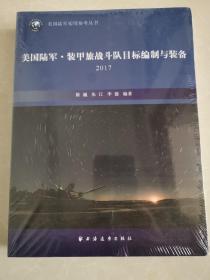
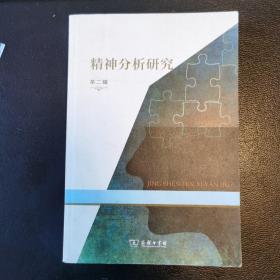
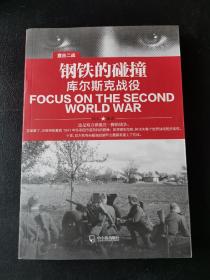
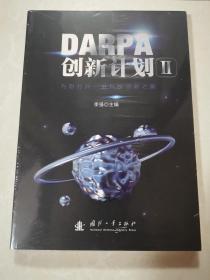


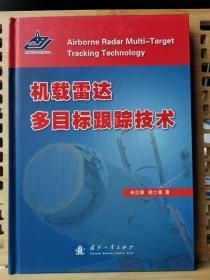
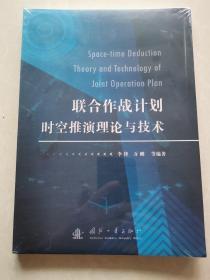
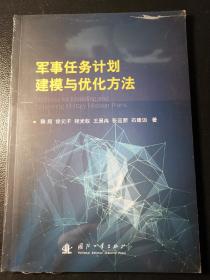













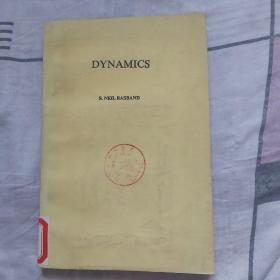


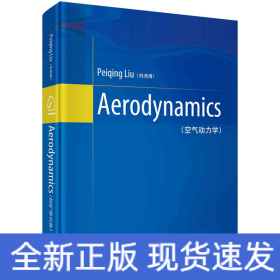

以下为对购买帮助不大的评价